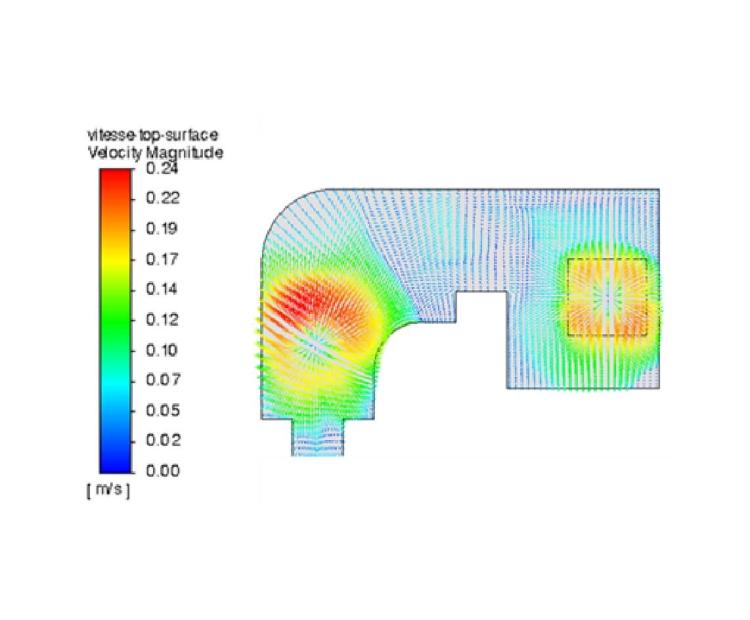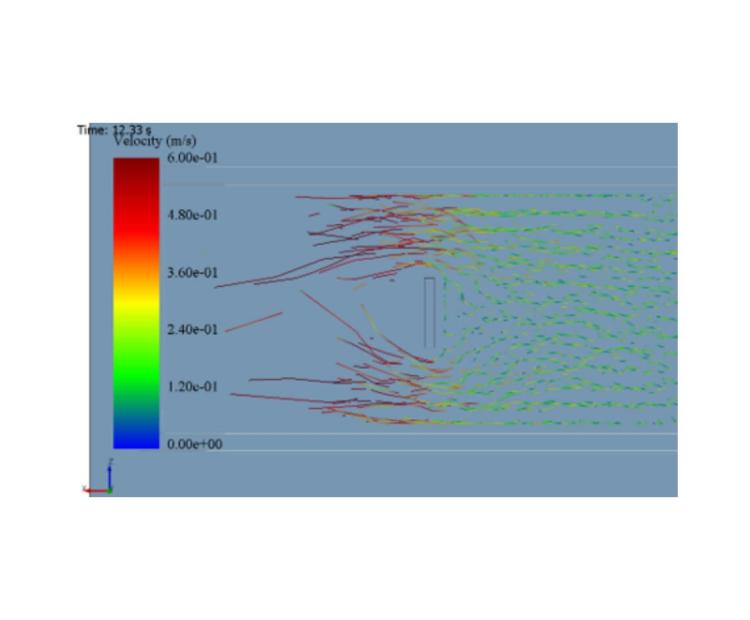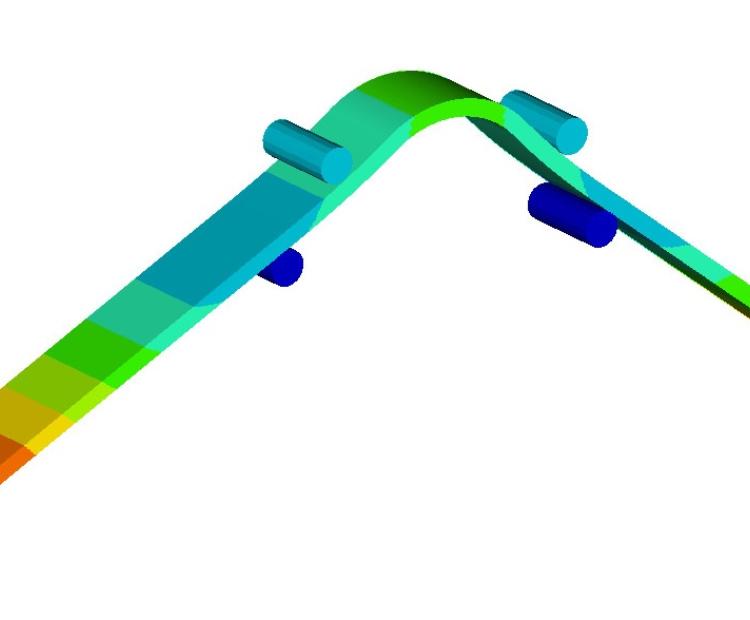Numerical Simulation & Modeling
Analysis of multiphysical phenomena using a series of calculations and a mathematical model to optimize and enhance the efficiency of industrial processes.

At the crossroads of metallurgy, materials physics and numerical technologies, the materials and industrial processes modeling has become an indispensable tool for improving the durability and efficiency of structures, integrating new technologies and driving innovation.
This scientific methodology now plays a key role in Industry 4.0 and strategic sectors (automotive, aeronautics, energy, etc.), for which its ability to optimize structural design and accelerate development processes is more valuable than ever.
By enabling analysis and anticipation of the impact of various factors on real situations, numerical simulation and modeling offer crucial competitive advantages for industry:
- Process control
- Improving product quality
- Risk reduction
- Performance optimization
- Cost and time-to-market reduction
- Innovation and development of new products
- Simulation and prediction of behaviors
At IRT M2P, our simulation and modeling experts focus on understanding multiphysical process phenomena, or those occurring during process operation, whether mechanical, chemical, thermal or dynamic phenomena.
They use various approaches and methods (numerical tools, mathematical models and calculations, bibliographical studies, experimental trials and data analysis, etc.), enabling them to develop high-performance tools.
Expertise & Services
Our team offers in-depth expertise and personalized services in the following areas:
Finite Element and Computational Fluid Dynamics numerical simulations
We carry out advanced numerical simulations in Finite Elements (FE) and Computational Fluid Dynamics (CFD) to model and analyze complex processes, thereby optimizing performance and reducing development costs.

Data management / Machine Learning / AI
Thanks to our expertise in data management, we integrate Machine Learning and Artificial Intelligence (AI) solutions to analyze and optimally exploit the vast quantities of data generated, thus fostering innovation, automation and continuous process improvement.

Resources @M2P
Methods :
- Computer-Aided Design (CAD)
- Technical Drafting
- Mechanical Design
- Composite Design
- Finite Volume Method
- Finite Element Method
- Discrete Element Method
- Inverse Method
- Machine Learning
- Deep Learning
- Artificial Intelligence
- Computational Fluid Dynamics (CFD)
- Thermal Analysis
- Electromagnetic Analysis
- Mechanical Deformation Analysis
- Thermodynamic Analysis
- Mechanical Assembly Analysis
- Linear and Non-Linear Static Mechanical Analysis
- Composite Material Calculation
- Sensitivity Analysis
- Topological Optimization
- Parametric Optimization
- Programming
- Surrogate models
Software :
- SOLIDWORKS
- Abaqus
- ALTAIR : Hypermesh, Optistruct, Radioss, Hyperstudy, Edem
- Ansys Fluent
- COMSOL multiphysics
- OpenFoam
- FORGE NTX
- Qobeo
- ESI PAM-COMPOSITES : PAM FORM, PAM-RTM, PAM-DISTORTION
- Thermo-Calc : Dictra, Prisma
- Minitab
- Matlab
- Scilab
- Python
- P-EXPAANS
Applications
Our work in numerical simulation and modeling covers all our fields of activity, enabling us to provide comprehensive solutions to our academic and industrial : metal powders & advanced foundry, heat, thermochemical & surface treatments, composite materials & joining.
Metal Powders & Advanced Foundry
Numerical simulation and modeling of atomization processes for metal powder production
Analysis of gas and metal flows and their interaction to optimize operating parameters, predict particle size distribution, improve fine powder yields, and reduce gas consumption and costs.

Modeling of the induction melting furnace process
Analysis of heating, electromagnetic stirring and thermal and fluid flows in a crucible, in order to optimize energy efficiency, control the temperature, reduce metallurgical defects, and adapt parameters to different alloys.

Simulation and modeling of the PAM-CHR (Plasma Arc Melter - Cold Hearth Refiner) foundry process
Optimization of metal flow, interaction with plasma torches and inclusion management to ensure alloy purity, adapt operating parameters, and determine melt thickness for each alloy.
Heat, Thermochemical & Surface Treatments
Numerical modeling of the induction hardening process
Analysis of heating, thermal phenomena, phase transformations and mechanical deformations in order to optimize the material's microstructural and mechanical properties, while adapting the parameters for the geometries and alloys used.

Numerical simulation of the air quenching process
Study of air flow, heat exchange and thermal cycles to optimize operating parameters and nozzle configuration, thus ensuring efficient cooling and the mechanical performance of the parts.

Numerical modeling of the tribofinishing process
Analysis of granular flow and energy distribution in a vibratory tank to optimize operating parameters, sample position and choice of media for appropriate and efficient treatment.
Modeling of thermodynamics and phase diffusion in cementation and nitriding furnaces
Prediction of alloying element effects, optimization of process parameters, and calculation of concentration profiles to improve surface hardening.
Steel phase prediction using Machine Learning
Using EBSD data to train models capable of distinguishing steel phases on EBSD maps, offering a more accurate analysis than metallographic images.
Composite Materials & Joining

Simulation of material joining processes
Study of deformation, heating and material interactions in order to predict heat-affected zones, optimize process parameters and provide joint behavior models to design offices.
Simulation of the mechanical behavior of composites
Numerical simulation and modeling of the mechanical design of composite materials
Analysis of the mechanical behaviour of materials, for example in non-linear static and non-linear dynamics, prediction of displacements, stresses and deformations, comparison of materials and correlation of results with experimental testing.
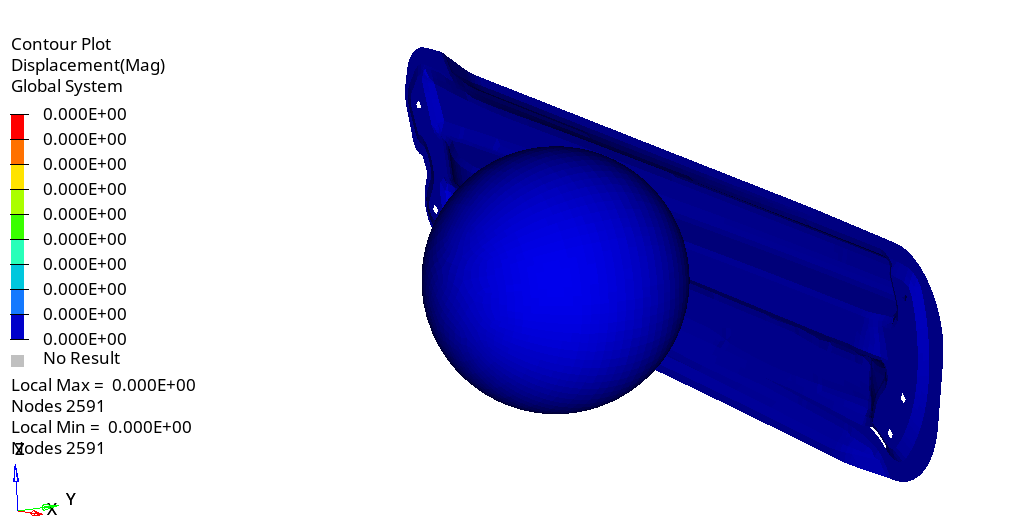

Optimizing the mechanical design of composite materials
Numerical modeling, topological and parametric optimization to improve the geometry, mass and mechanical performance of parts, thus reducing costs and development time compared to trial-and-error methods.

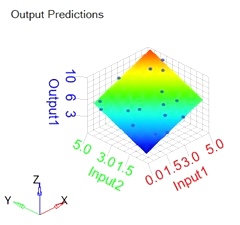
Simulation of composites processes

Simulation and numerical modelling of dry textile preforming
Analysis of the mechanical behavior of dry textiles (shear, tensile, bending), prediction of stresses and deformations (folds, overtensions, tearing), definition of preforming strategies (one shot, sequential + definition of boundary conditions (release of plies, blocking of fibres)) and correlation of results with tests.
Numerical simulation and modeling of the RTM (Resin Transfer Molding) composite materials process
Optimization of resin injection conditions in fiber reinforcement by determining the injected volume, speed, pressures and predicting resin front closures in order to minimize porosity and improve the process.
Numerical simulation and modeling of the C-RTM (Compression Resin Transfer Molding) process
Analysis of resin flow, mechanical compaction and composite properties to optimize injection and compaction conditions, and predict defects such as porosity to improve process efficiency.


Simulation and numerical modelling of composite distortions induced by curing
Thermochemical calculations during curing, calculations of residual stress, distortions after curing, after demolding, after trimming, mold compensation.



